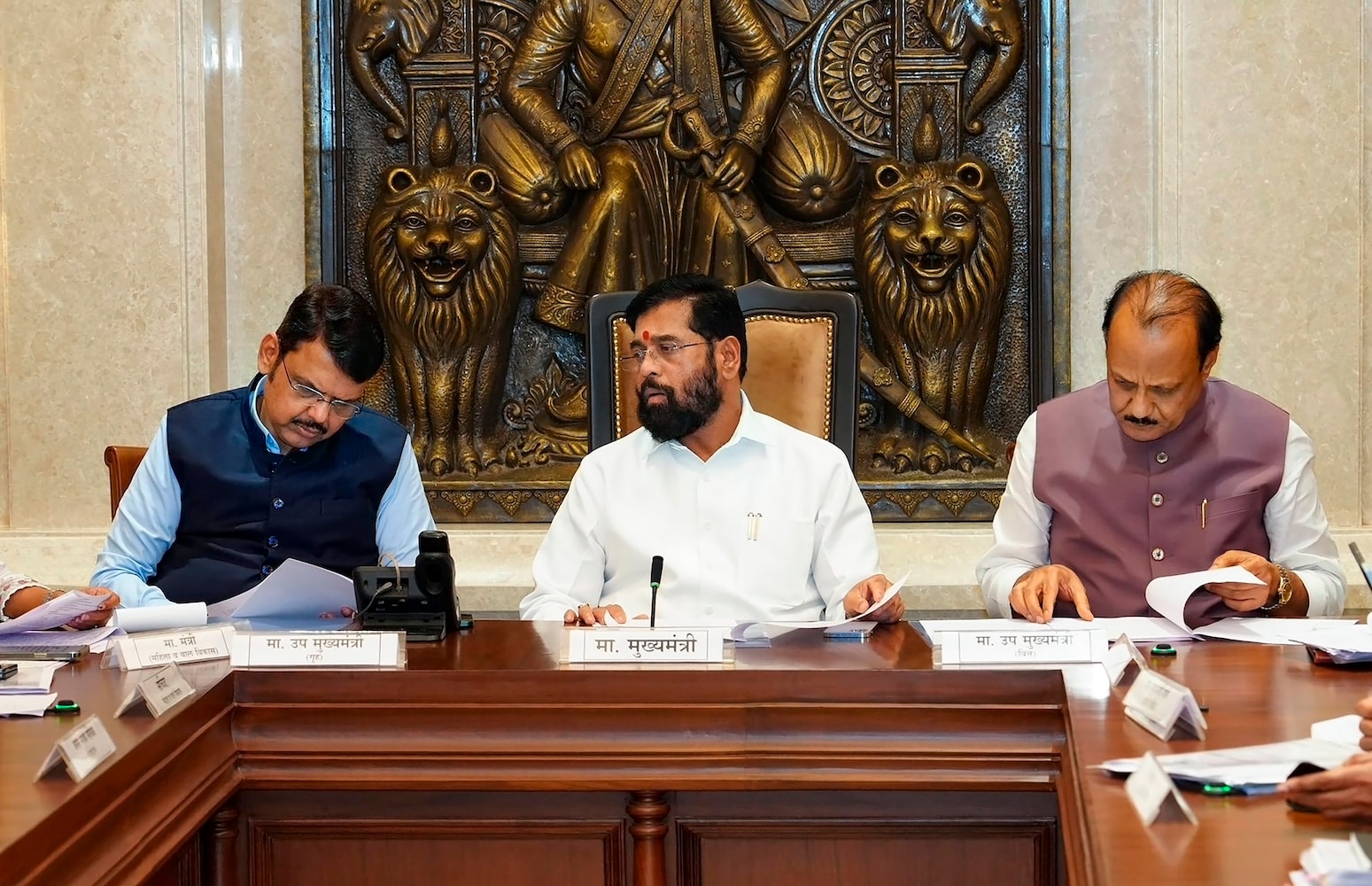
The severe floods in Chiang Rai and Phayao provinces raise questions about Thailand's early warning systems. Are there sufficient early disaster warning systems in place? If so, why were hundreds of thousands of villagers in flood-hit areas left to fend for themselves? Governments have been investing in early warning systems since 2004. So far, over 4,000 early warning systems have been installed, serving nearly 6,000 high-risk villages across 63 provinces.
However, the coverage is insufficient, as this only accounts for less than 10% of the country's more than 75,000 villages. The main problem is that most of these systems fail to deliver. A glaring example is the recent flooding in Chiang Rai.

It's important to note that all three affected districts -- Mae Sai, Mae Fah Luang, and Muang -- were already equipped with disaster warning systems, and local administrations have their own emergency response plans in place. However, the systems, which rely on electricity and telecom signals, failed when the power was cut off and telecom posts were damaged by the floods. The evacuation plans also proved useless, as they were designed for daytime evacuations, not for emergencies during the night.
Trained volunteers did not know where or how to move bedridden elderly people when the flash floods struck entire communities at night. There is no shortage of information and scientific data from sources such as the Thai Meteorological Department (TMD), the Geo-Informatics and Space Technology Development Agency (Gistda), and the Office of the National Water Resources (ONWR). The question is whether local people can access or understand this data.
On the ground, this scientific information is not digestible -- there is no one to convert the raw data into simple terms that local villagers, or even ethnic communities, can understand and use. The government must address these shortcomings immediately. To begin with, responsible agencies need to survey how many communities are at risk and what types of warning systems and emergency plans they require.
How many flood- and landslide-prone communities lack both warning systems and emergency response plans? The government must then mobilise financial resources and provide training to enable local communities to develop their own emergency response plans tailored to their specific needs and conditions. However, the government must avoid repeating past mistakes. In previous efforts, warning systems and disaster management solutions provided to local communities failed because they lacked public participation.
For example, the tsunami warning towers along the Andaman Coast, installed after the 2004 tsunami, rarely function. Communities that once conducted evacuation drills now rarely do so, except for a few strong ones, such as Ban Nam Khem in Phangnga province. These resilient and active communities have created their own evacuation maps, shelter spaces, and local communication plans, translating technical data from the central government into terms that local people -- including ethnic communities -- can understand and act upon.
To create resilient communities, the government must decentralise and prioritise "humanware" -- the people -- over infrastructure and fancy equipment. The floods in Mae Sai remind us that natural disasters are becoming more severe and less predictable. Communities that will survive are those with the capacity to mitigate the effects of natural disasters.
It is the moral responsibility of the government and all relevant ministries to ensure these communities are prepared..














